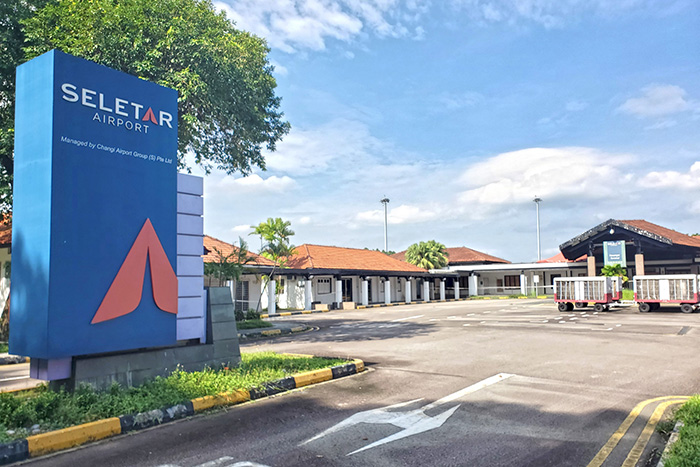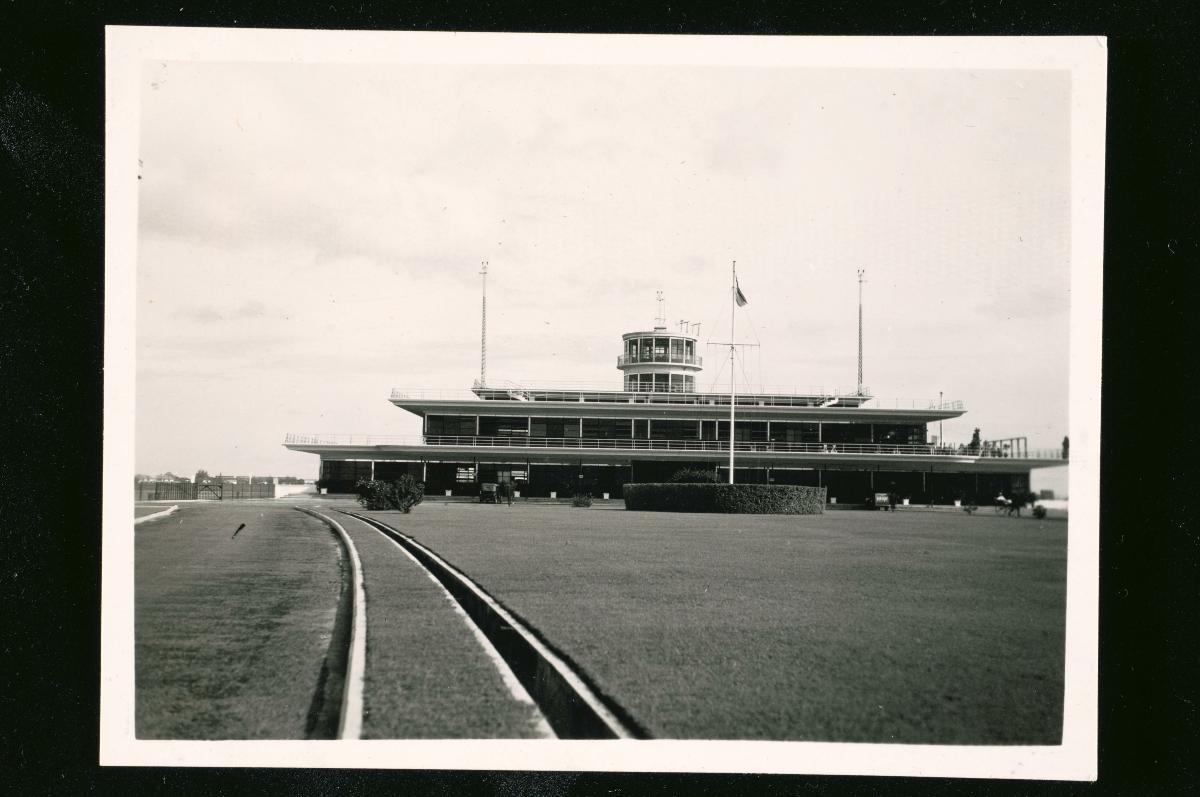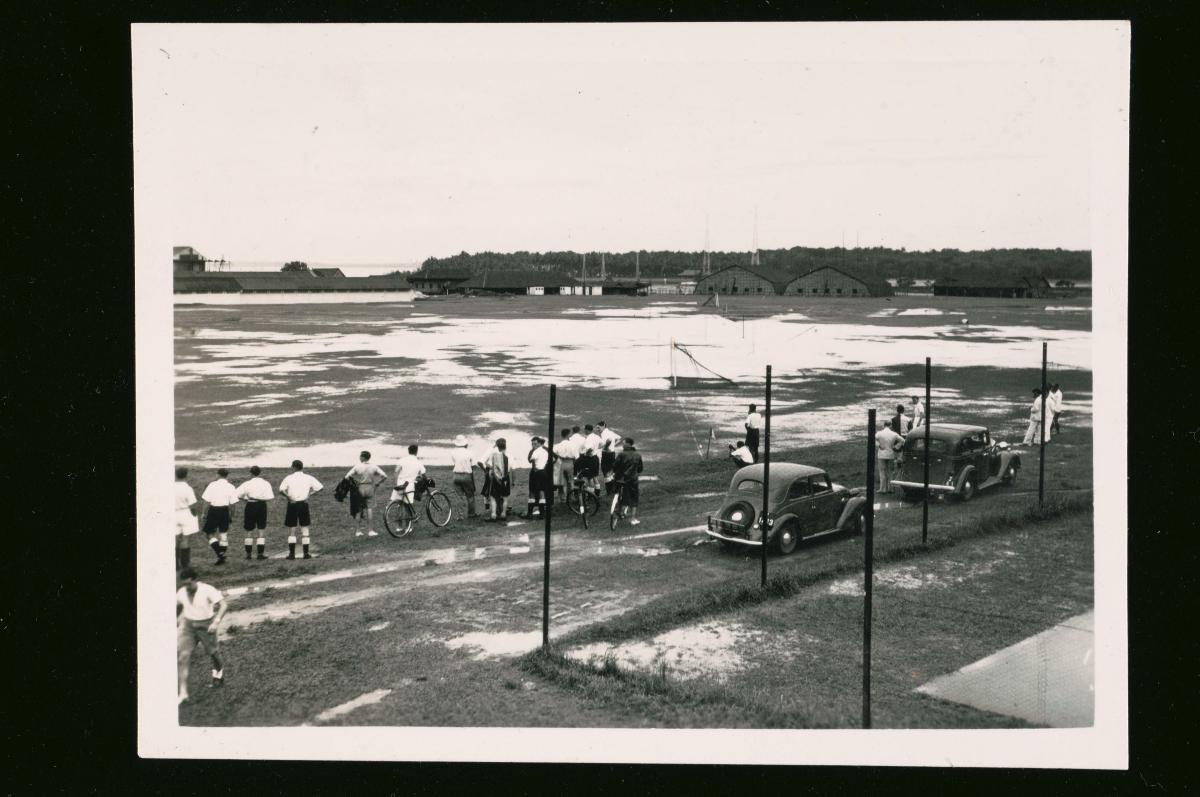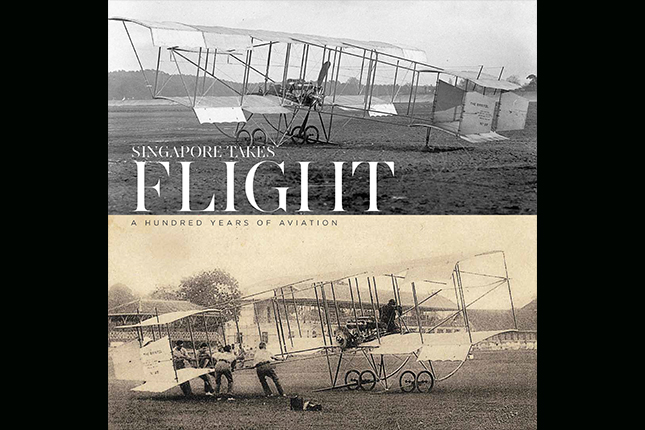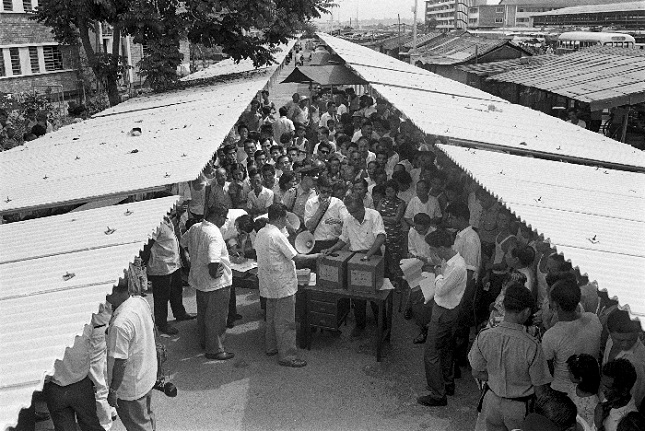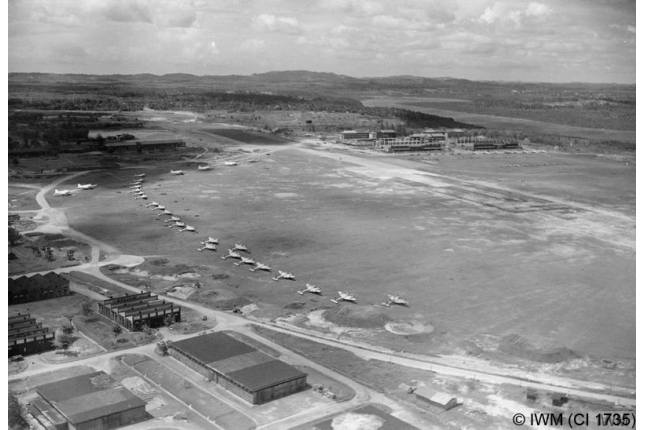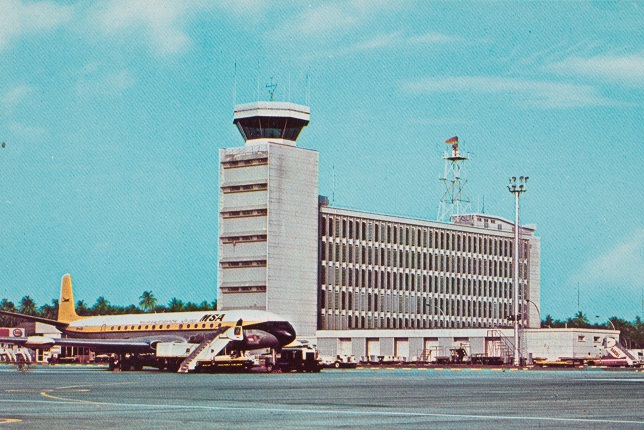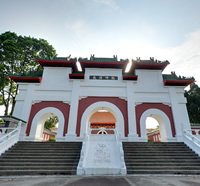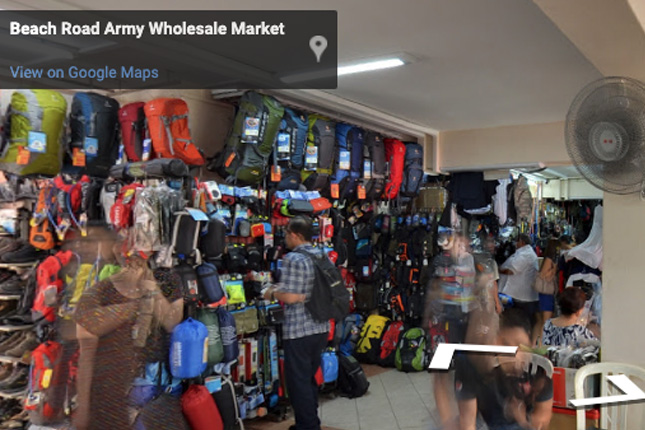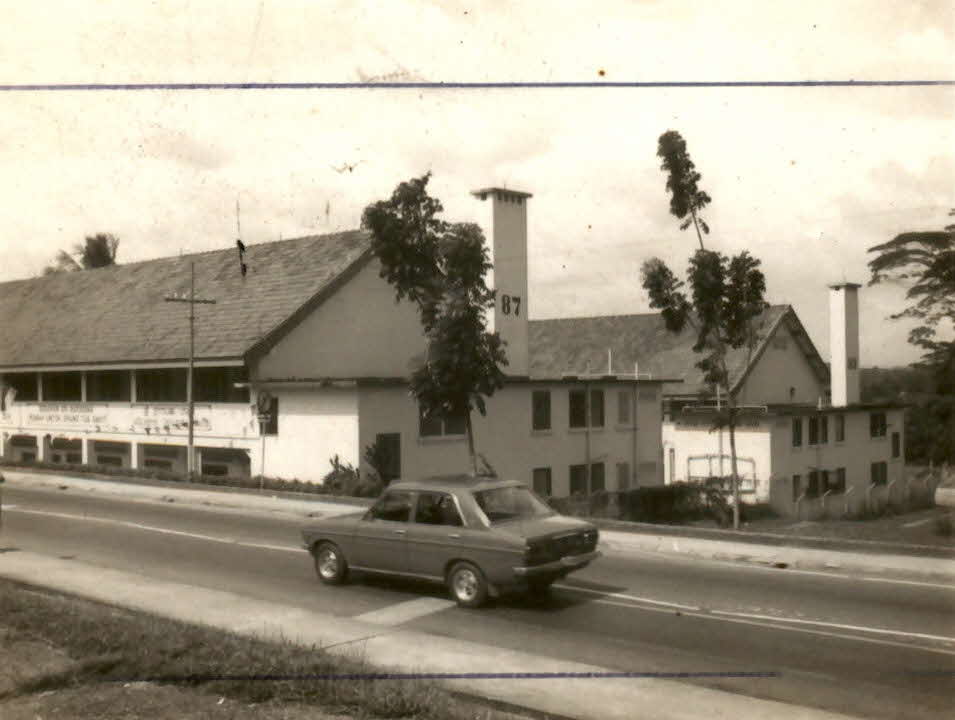Once a land inhabited by mangrove swamps, coconut palms and wild animals, Seletar Airport occupies an important position in Singapore’s aviation history.
In the 1920s, the British cabinet decided to establish an airfield and flying boat base in Singapore for the British Royal Airforce (RAF). The site was chosen because it was located east of the proposed Sembawang naval base and a distance from the exposed southern coast of Singapore. Seletar Airfield became operational in 1928 and was the RAF’s main base in the Far East.
RAF Seletar—the former name of the airbase— was subsequently used as a commercial airport from 1930. It received its first commercial flight on 10 February of the same year. Civil traffic continued to pass through the airbase until 1937, when Kallang Airport opened.
The utilitarian architecture of its main buildings served a practical function. The old terminal was made up of small, single-storey buildings, connected by covered linkways to facilitate movement between them.
The airport was designed to suit Singapore’s tropical climate. Features such as generous roof eaves, louvre windows and air vents helped to shelter the buildings and cool the airport’s interior.
Despite its unassuming appearance, Seletar Airport was central in both aviation and regional history. In the 1930s, pioneer aviators such as Charles Kingsford-Smith and James Mollison landed at the airport for stopovers during their travels. During WWII, Seletar Airfield was targeted during the first Japanese bombing of Singapore on 8 December 1941. During the Japanese Occupation, the Japanese military took control of the airbase and renamed it “Seretar Hikojo”. The airbase was also active during the Malayan Emergency and Konfrontasi.
Seletar Airport Today
In recent years, on top of handling commercial flights, Seletar Airport operates turboprop aircrafts—planes with propellers on the front. These operations were shifted to Seletar from Changi Airport in 2018, as part of a bigger plan to increase Changi Airport’s efficiency.
Commercially, however, Seletar Airport operates on a much smaller scale. As of April 2020, it serves just one airline: Firefly, which manages flights to Subang. Most of the other travellers come from private jets and chartered planes.
Aviation students, casual flyers and plane enthusiasts are perhaps most familiar with Seletar Airport. Aviation training schools such as Republic of Singapore Flying Club and Singapore Youth Flying Club are responsible for most of the activity at the airport, accounting for 80% of all flights there. For avid plane spotters, Seletar Airport is the best place to see rare plane models such as vintage military planes and turboprops.
Over the last few decades, Seletar Airport has undergone renovations to support newer demands. Its control tower, which was built before WWII, was replaced with a new tower featuring a 360-degree glass box. A two-storeyed passenger terminal with new facilities and infrastructure was also built in 2018, and currently handles all operations at the airport.
Buildings and sites featured on Roots.gov.sg are part of our efforts to raise awareness of our heritage; a listing on Roots.gov.sg does not imply any form of preservation or conservation status, unless it is mentioned in the article. The information in this article is valid as of March 2020 and is not intended to be an exhaustive history of the site/building.




